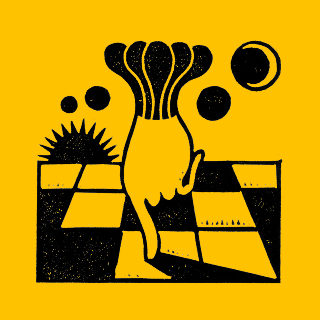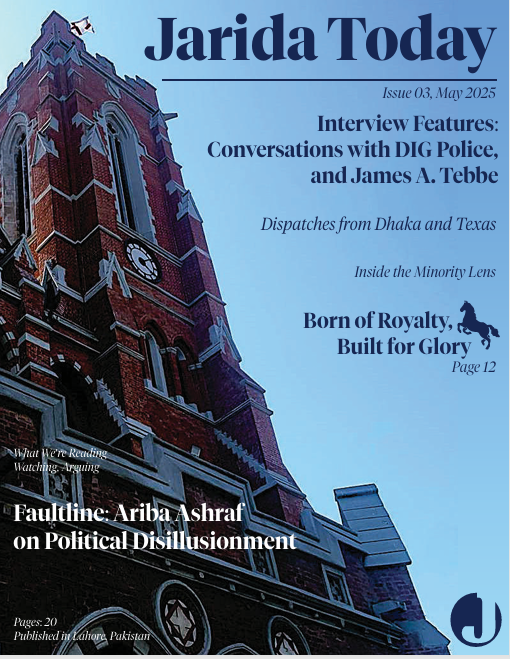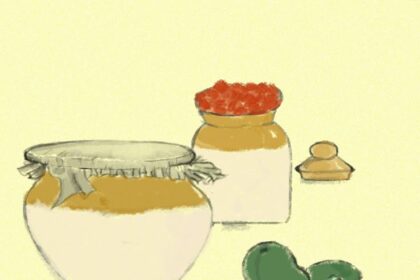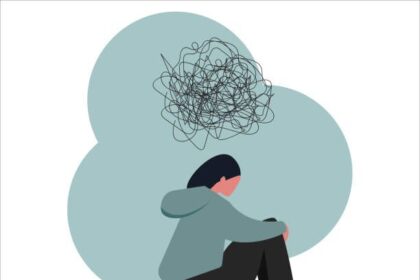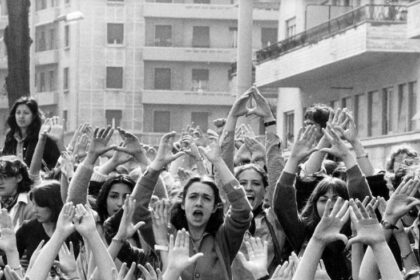Everyone wants to be the one who “breaks generational trauma”. But what happens when that idea becomes self-centred, individualised, and inattentive to community survival strategies?
This is a cultural-theoretical critique of that Instagram-driven trope—particularly in South Asian diasporic and therapy-influenced discourse.
“Beta, humaray zamane mein yeh sab nahi hota tha.”
(In our time, we didn’t make a fuss over things like this.)
We’ve all heard it. Whether whispered with disappointment or yelled with fury, that single sentence carries the weight of centuries.
Our parents and grandparents experienced political instability, economic suffering, migration, and military control. Emotions were a luxury they couldn’t afford. Their lives were centred around survival, sacrifice, and silence. Many relocated overseas, working long hours in taxis, kitchens, or hospitals to support their families—so we could stand taller than ever before.
But suffering doesn’t disappear just because it’s not expressed. Silently and imperceptibly, it seeps into us—as anxiety, fear of failure, the inability to say no, and the desperate need to prove our worth.
Pakistani Gen Z, especially those in high school or early adulthood, are waking up to this reality. We’ve begun to recognise the patterns in our parents’ expectations, their silences, and their anger. We’re asking whether this is “normal” or if it’s inherited pain.
And now, we’re taking a bold step—naming the trauma—possibly for the first time in our family’s history. We’re setting boundaries. We’re responding.
To heal, Not to rebel!
We’re not discarding our roots—we’re trying to shift the narrative.
What is intergenerational trauma?
Intergenerational trauma refers to the inherited emotional burden that suggests sorrow can be unconsciously passed from one generation to the next. It shapes how we feel, how our brains react to stress, and even how our bodies function.
According to a 2015 study by Rachel Yehuda, children of Holocaust survivors had genetic markers linked to increased susceptibility to stress and anxiety (Yehuda et al., Biological Psychiatry).
Closer to home, Pakistani neuroscientist Dr Ali Jawaid has studied how early life trauma alters stress responses and gene expression in later generations (Jawaid et al., Translational Psychiatry, 2018).
When this is combined with the trauma of Partition—transmitted through silence, worry, or authoritarian parenting—it becomes clear that much of what Gen Z is experiencing isn’t “just in our heads”.
It’s in our history, our homes, and even our cells.
Here, we’re not just discussing trauma or therapy—we’re offering a cultural-theoretical critique of how this therapy-influenced, Instagram-driven movement misreads South Asian family dynamics and dismisses collective resilience.
The Problem with “Breaking the Cycle” as an Individual Achievement
“Breaking generational trauma” has become a badge of emotional intelligence and personal growth on social media. Gen Z South Asians—especially those abroad—take pride in declaring that they will “stop the cycle” of emotional neglect, shame, or silence. While the language is empowering, it’s also rooted in an individualistic, Western worldview.
In therapy-influenced online spaces, healing is often portrayed as leaving—cutting off “toxic” family members, enforcing rigid boundaries, and prioritising oneself. While these actions may be necessary in emergencies, they can also destroy the complex survival mechanisms South Asian families have built across generations.
In many Pakistani homes—particularly in diaspora and working-class contexts—what seems like “emotional dysfunction” may actually be a collective response to structural adversity: racism, migration, displacement, or financial instability.
Sahaj Kaur Kohli, founder of Brown Girl Therapy, says
“Our parents didn’t have the language to heal the way we do—but they created survival systems that allowed us to get here. That’’s not dysfunction. That’’s resilience.”
Online, “boundaries” are portrayed as permanent cut-offs—but in South Asian homes, they’re more about negotiation than abandonment.
At the same time, therapy culture often erases systemic challenges like racism, financial pressure, and interdependence—turning self-care into another form of consumption: therapy, skincare, vacations, and retreats.
The Research We Ignore
Experts in transcultural psychiatry argue that Western trauma models misunderstand communal practices, labelling them as “toxic” and overlooking their logic of survival in immigrant families (Fernando, 2014).
A study of second-generation South Asians in Canada found that therapy sometimes clashed with values like filial duty, religious devotion, and family honour—even as it helped them name their grief (Zaidi & Shuraydi, 2002).
Dr Aisha Sanober Chughtai, a psychologist in Pakistan, emphasises:
“Healing cannot be a Western export imposed on South Asian families. It must emerge from within — language, poetry, spiritual practice, storytelling, and slow repair over time.” cannot be a Western export imposed
Reframing What It Means to “Break the Cycle”
Healing intergenerational trauma is not a solo mission—or a checklist. Instagram therapy often simplifies history with phrases like “cut off toxicity”, “set boundaries”, and “love yourself”. But for South Asian families shaped by survival, silence, and migration, that approach is deeply insufficient.
A more realistic, community-rooted vision of healing might include:
-
Identify the injury without deleting the conflict.
Instead of labelling families as “toxic”, we can understand the logic behind silence and control. It doesn’t excuse harm—but it respects the sacrifices made for survival.
Ask: What did this behaviour protect us from?
-
Set boundaries—while staying connected.
In collectivist cultures, healing doesn’t always mean separation. Boundaries here aren’t walls—they’re flexible, gradual changes that preserve the relationship.
Saying “no” doesn’t mean disappearing.
You can protect your peace without abandoning your people.
-
Practice self-compassion—without turning inward.
Self-love isn’t selfish. But when healing becomes self-optimisation, it risks becoming narcissism.
Let your healing be honest, relational, and grounded in shared experiences—not performance.
-
Choose culturally informed therapists.
Therapy must meet people where they are. South Asian clients need practitioners who understand concepts like izzat, family obligation, and religious duty.
Healing isn’t Western detachment—it’s rooted in cultural understanding.
-
Fix the Future. Without exaggerating the past.
We don’t need to burn our family trees to plant new ones. Raise the next generation with more honesty, more listening, and less fear.
Teach them that love isn’t a performance—it’s a presence.
Walking Away Isn’t Always Healing
Instead of viral quotes, healing for many people means remaining in the room, embracing contradictions, and creating space for gradual change.
It takes a team effort to break the pattern. It’s a slow reweaving of ties, values, and identities rather than an escape story. It exhorts us to face our pasts in a different way rather than to forget them. To be patient, curious, and committed to change—even if it takes a generation—rather than perfect.


